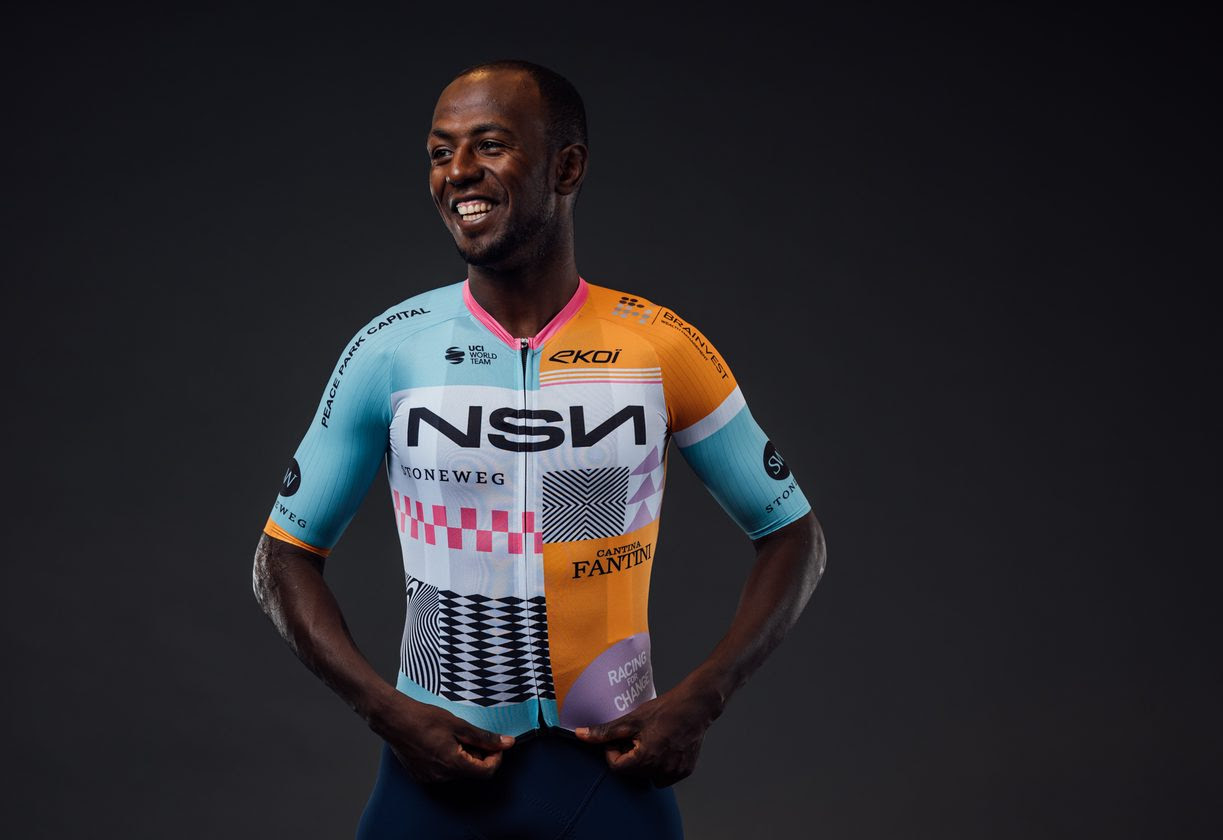These insane track bikes just broke two world records, and the UCI wants them gone
The tech details of the ever-insane Hope HB.T used by Matt Richardson, Will Bjergfelt and Charlie Tanfield
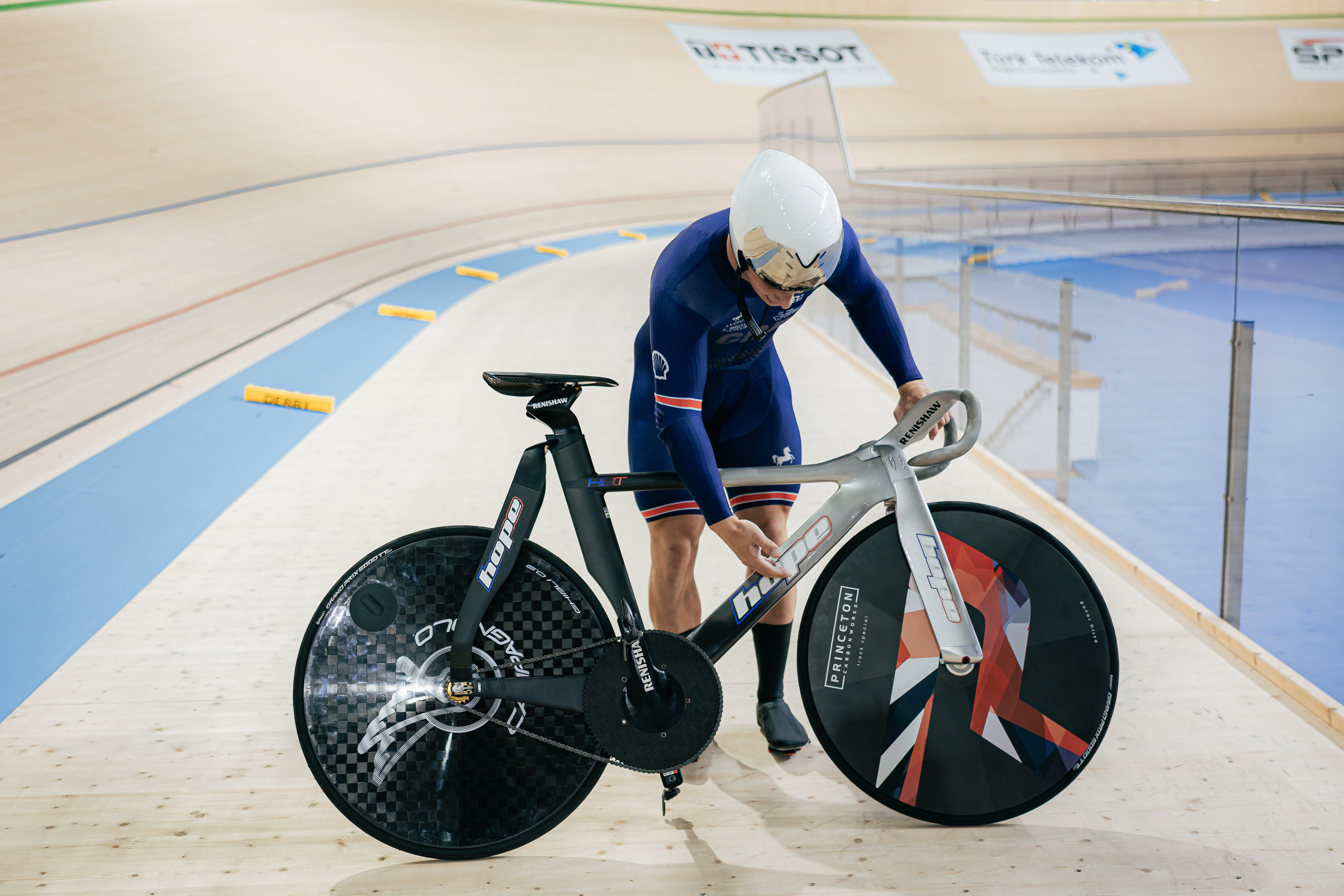
On Thursday, three athletes from the GB Cycling Team headed to the Konya Velodrome in Turkey, each with a world record in their sights.
Will Bjergfelt, para-cyclist and road world champion, took on the C5 class World Hour Record; sprinter Matt Richardson, who famously switched from representing Australia to Great Britain after the 2024 Olympics, took on the Flying 200; while Charlie Tanfield, Olympic Games Silver Medallist in the Team Pursuit, faced Filippo Ganna's World Hour Record.
Both Bjergfelt and Richardson succeeded in their attempts, with Tanfield falling short of Ganna's 56.792km. Bjergfelt covered 51.471km and Richardson completed the 200 at an average of 80.5km/h in a time of 8.941 seconds.
Interestingly, they all did so using the same model of bike, the Hope HB.T, adapted to their preferences and discipline.
What's also interesting is that, as things stand, this bike will be deemed illegal by the sport's governing body, the UCI, from January 2027, as a result of proposed changes to the rules governing the width of the forks and seatstays.

Soon to be banned
In a statement issued on June 12, which included rule changes surrounding handlebar width and wheel depth too, the UCI said:
"For bicycles used in the road (as of 1 January 2026) and track (as of 1 January 2027) disciplines, only a maximum internal fork width of 115 mm at the front and 145 mm at the rear (measured along the entire length of the front fork and rear triangle) will be permitted."
The latest race content, interviews, features, reviews and expert buying guides, direct to your inbox!
Hope's marketing manager, Robin Godden, confirmed to Cyclingnews at the time that "It does affect the Hope [HB.T] bike, as it falls outside of those measurements on both the fork and rear stays."
He also added that the announcement "caught us by surprise."
There has been significant push back on the suggested rule changes, which came after a brief period of consultation with industry experts at the World Federation of the Sporting Goods Industry (WFSGI).
There has been particularly strong opposition to the handlebar width rules, whereby smaller riders, particularly women, would be forced to ride in an uncomfortable, even unsafe position, in order to conform to the rules.
Wheel brand and sponsor of Decathlon AG2R La Mondiale, SwissSide, also issued an open letter slamming the rules, which will make its brand new wheelset UCI-illegal just months after their launch. The brand also added “the total cost for such a development is a six-figure sum (EUR), and is amortised by the sale of the product, typically over a four-year product life cycle.”
So while there is some rumour of the UCI backpedalling on the proposed amendments, the Hope HB.T used by the British trio is facing a slow demise.
Given the rules won't come into force on the track until 2027, this isn't the final time we'll see it on the boards, but it's certainly worth celebrating every time we do.
Matt Richardson's Sprint setup

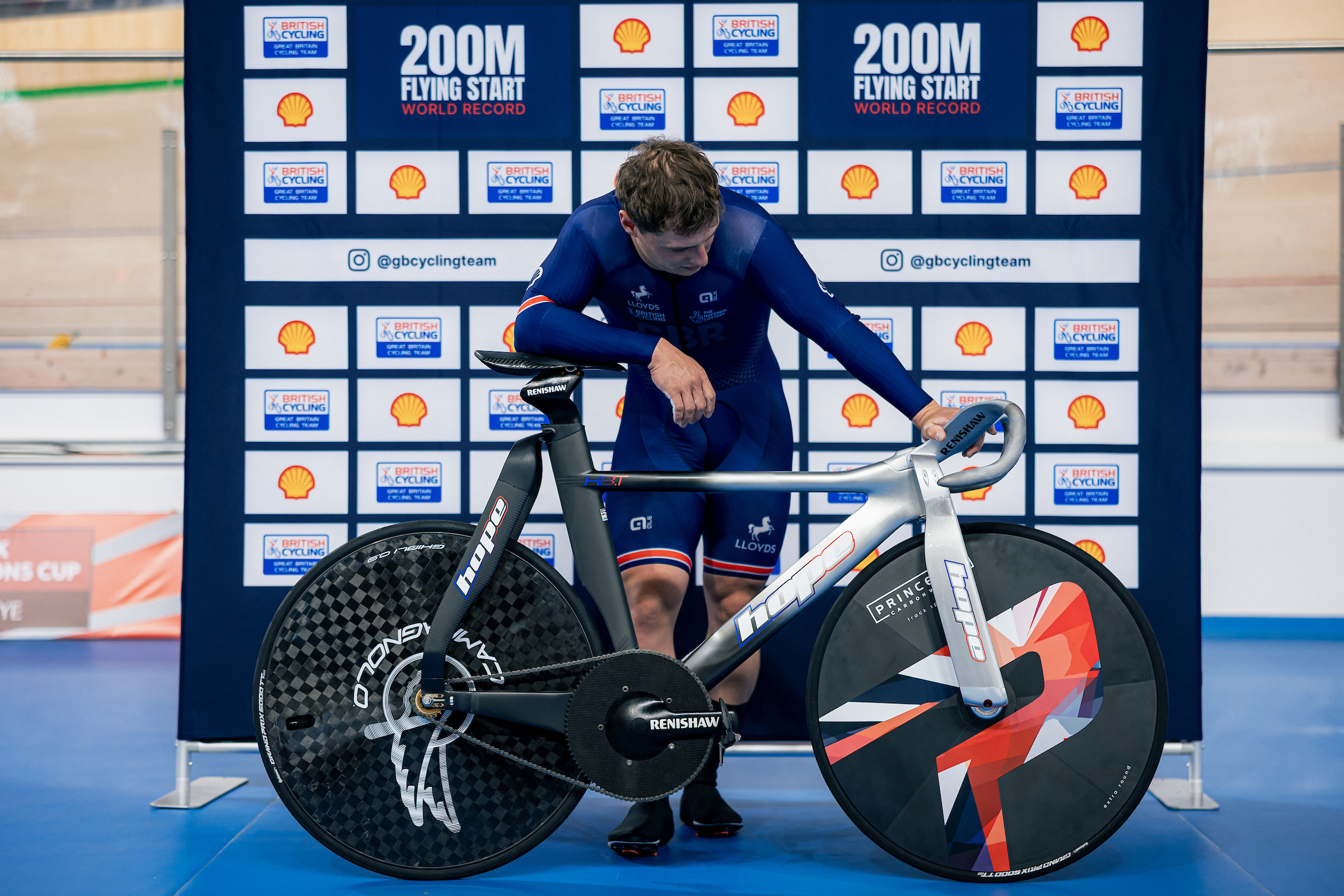
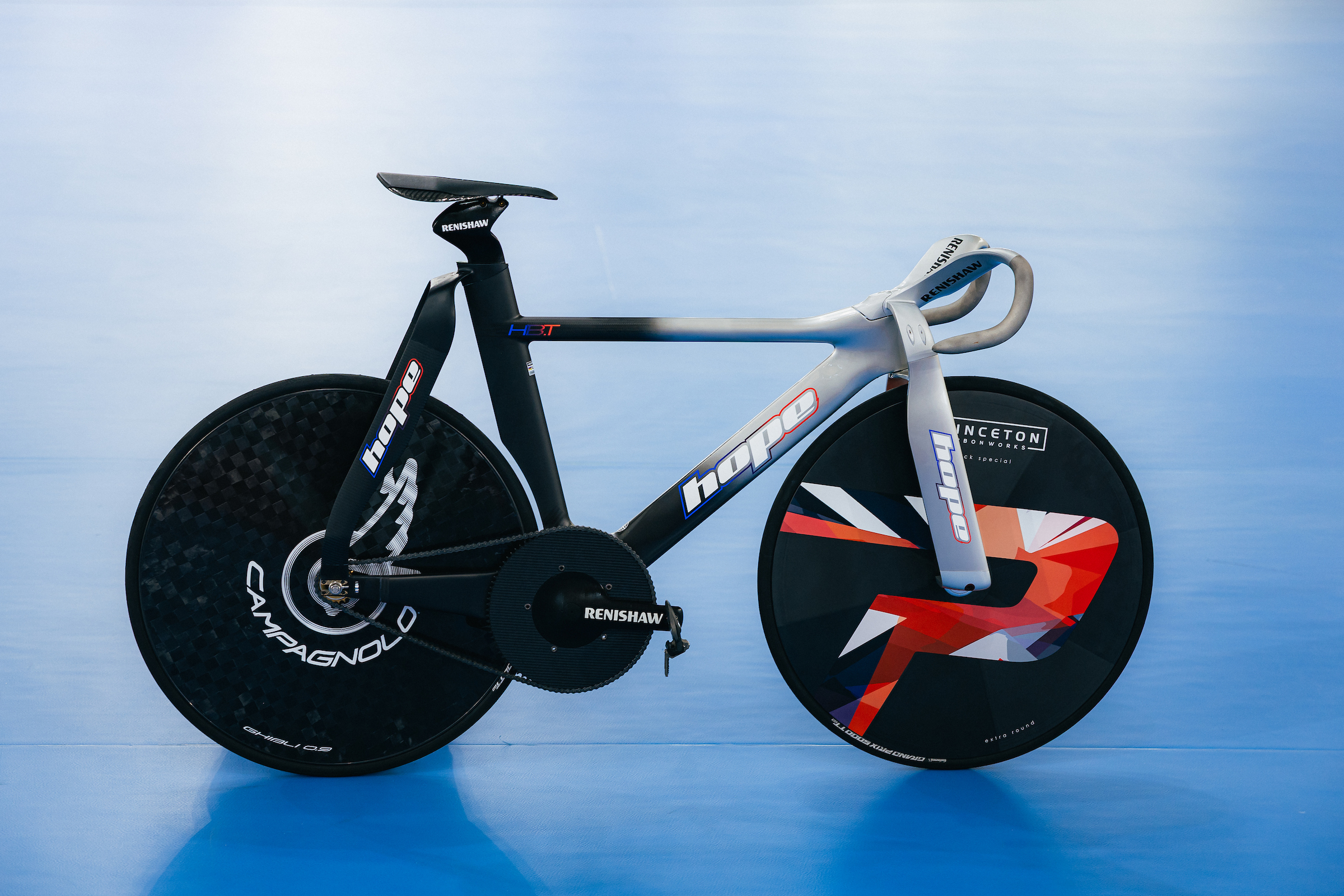
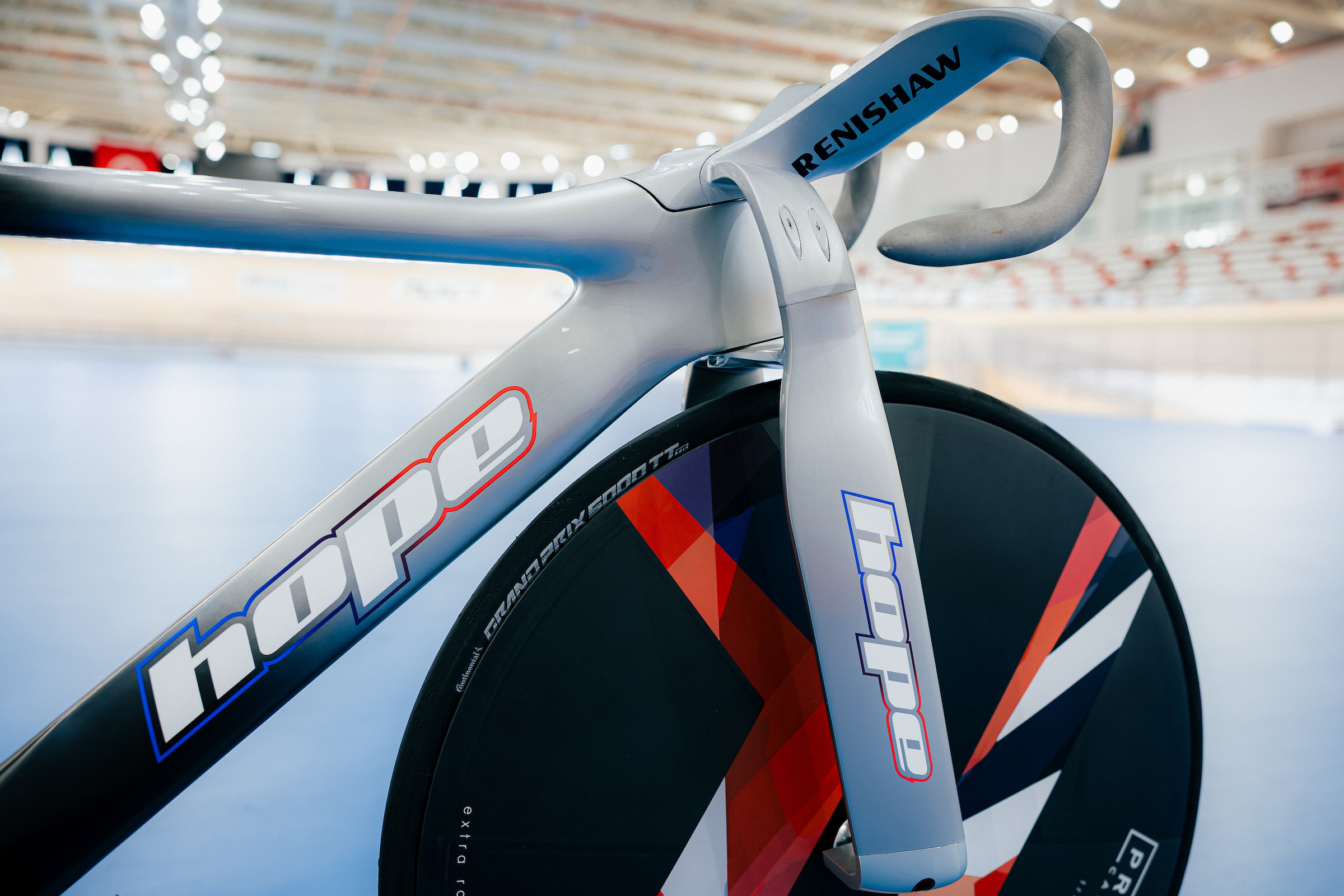

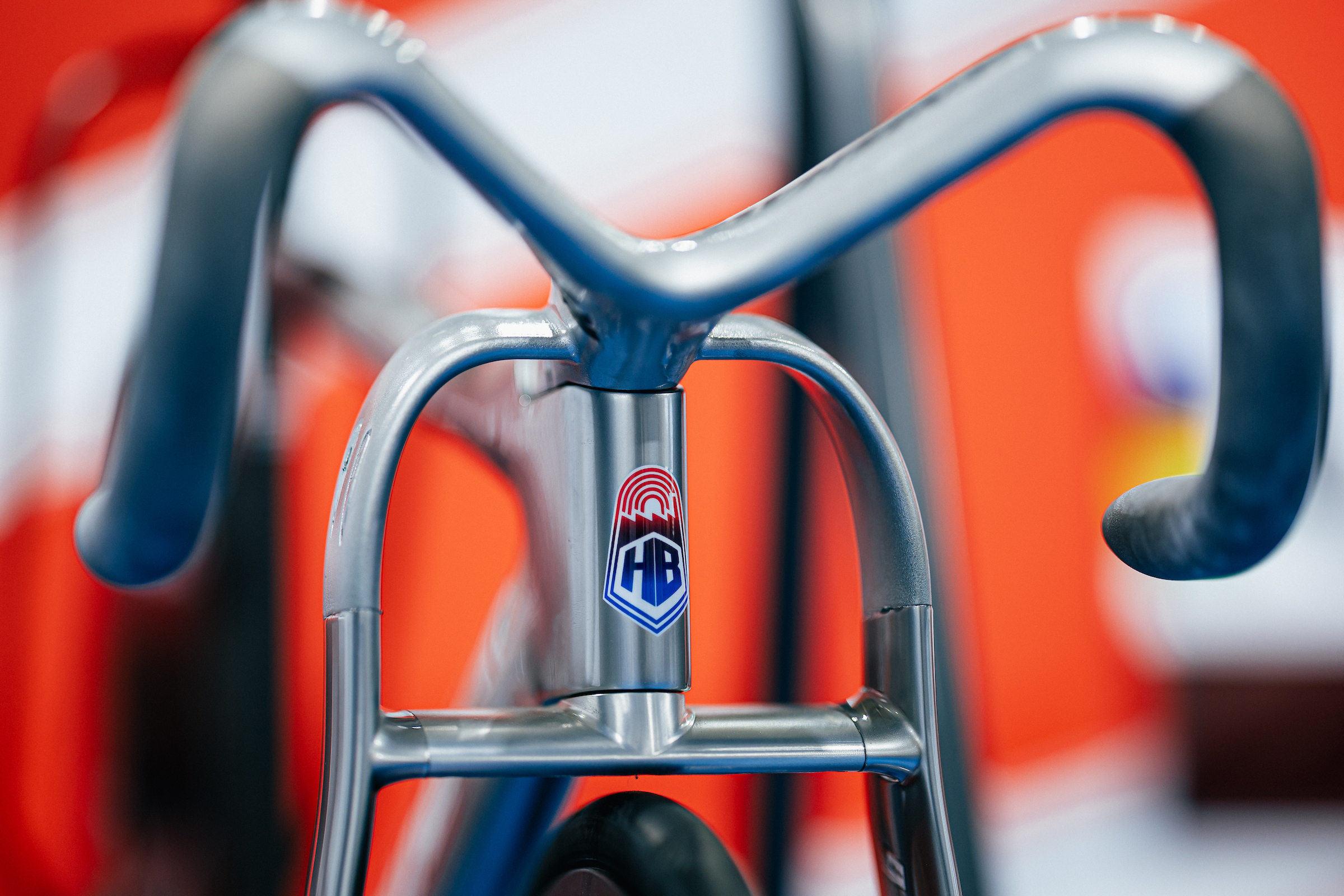


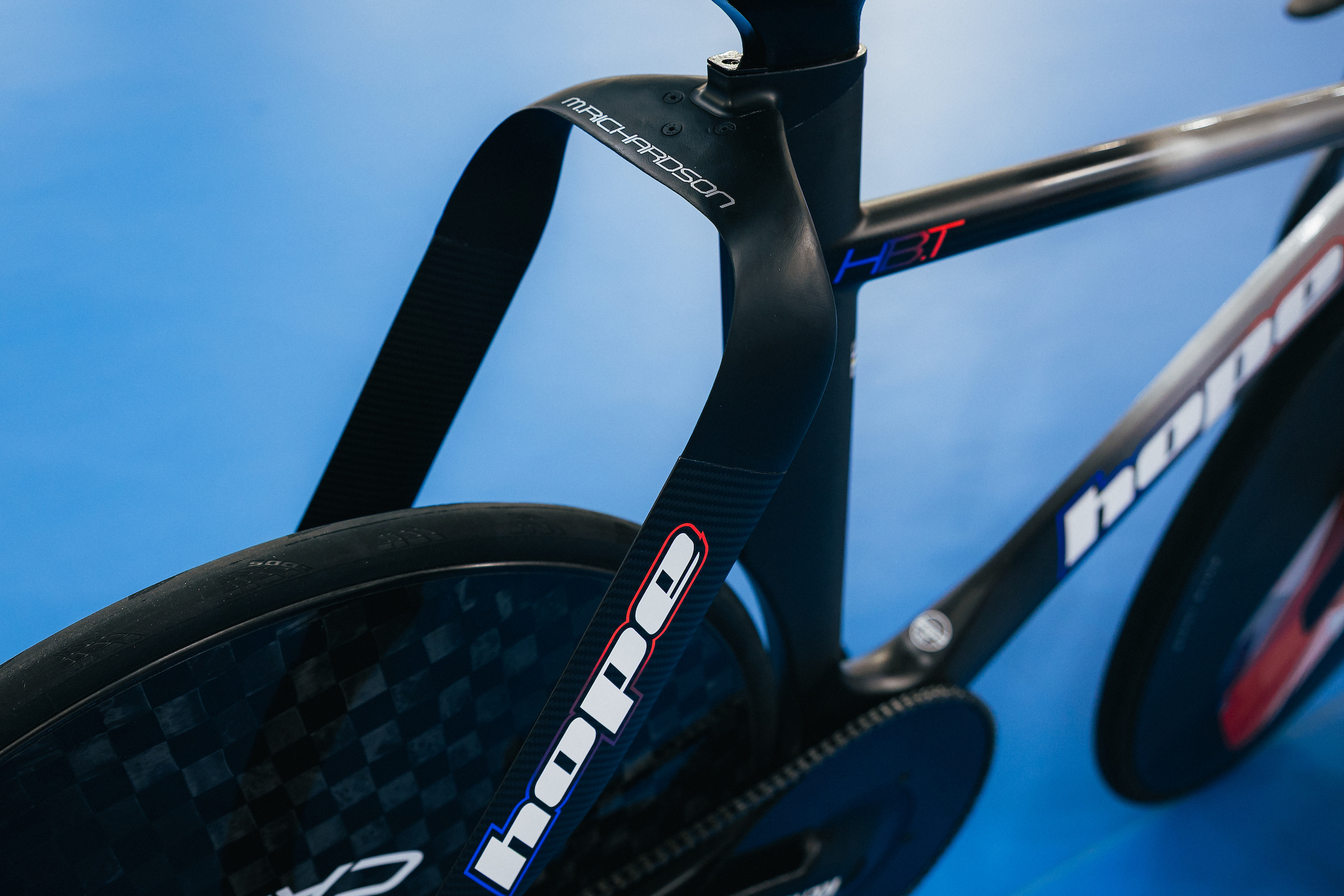
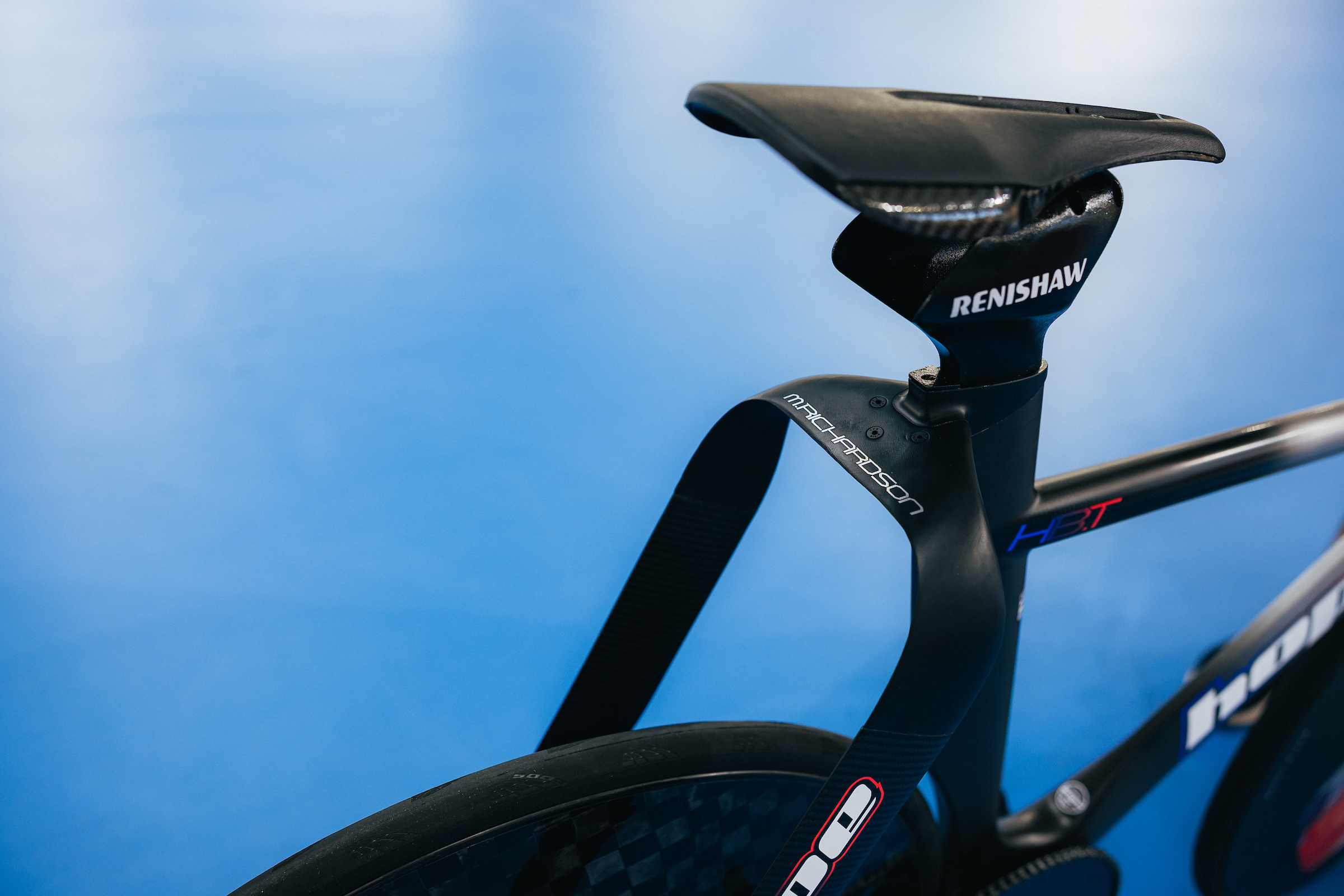
Will Bjergfelt and Charlie Tanfield's Pursuit setup
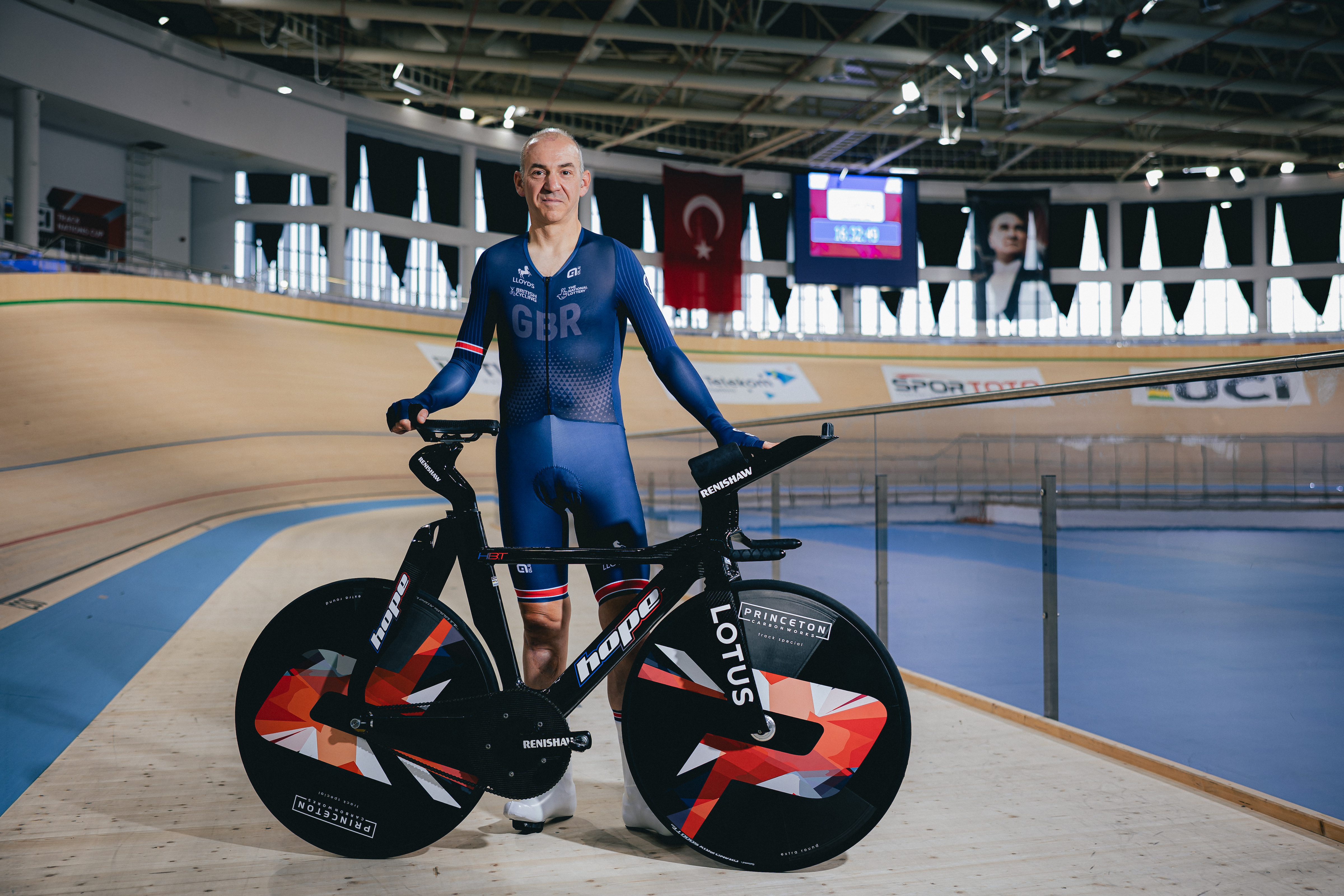
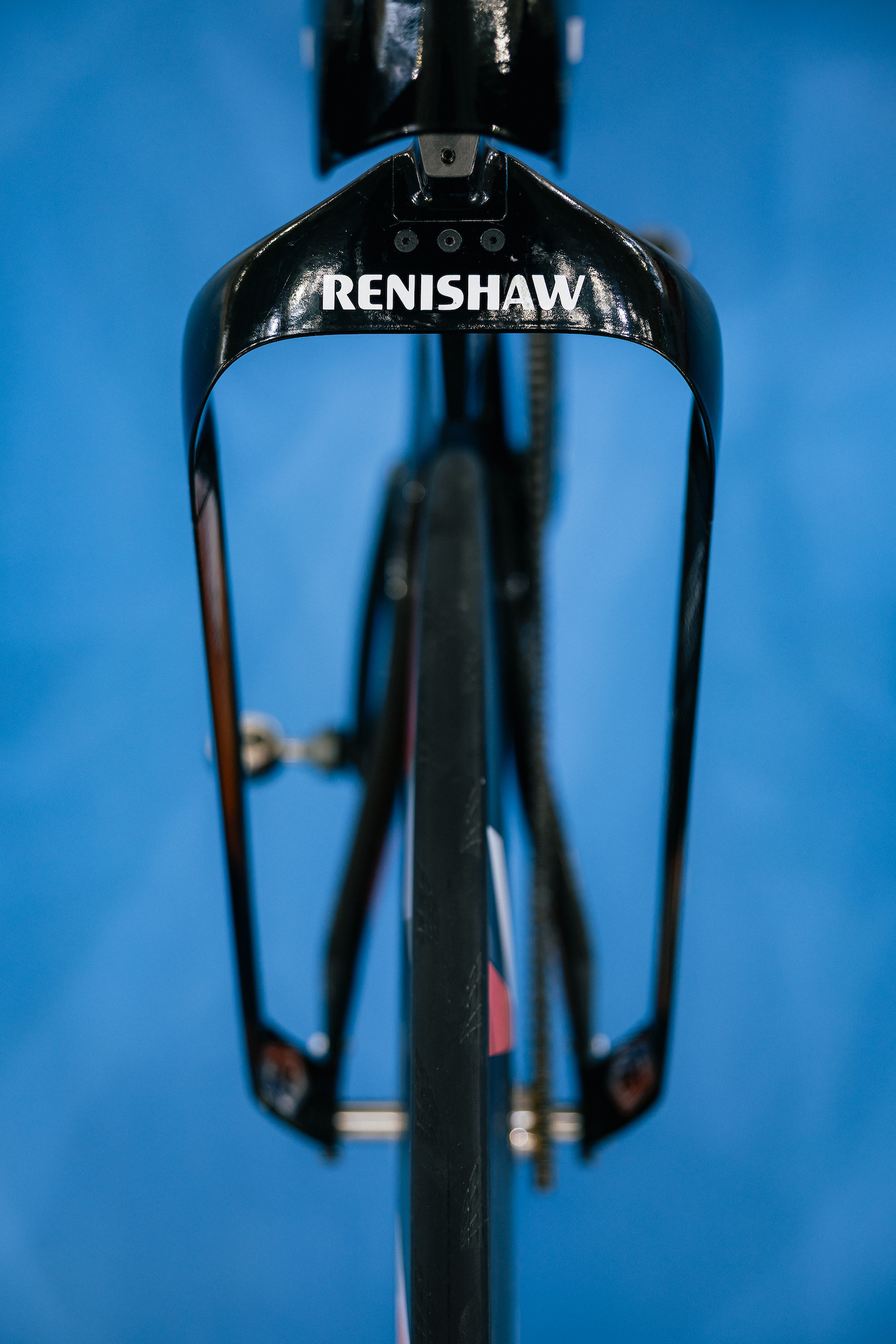
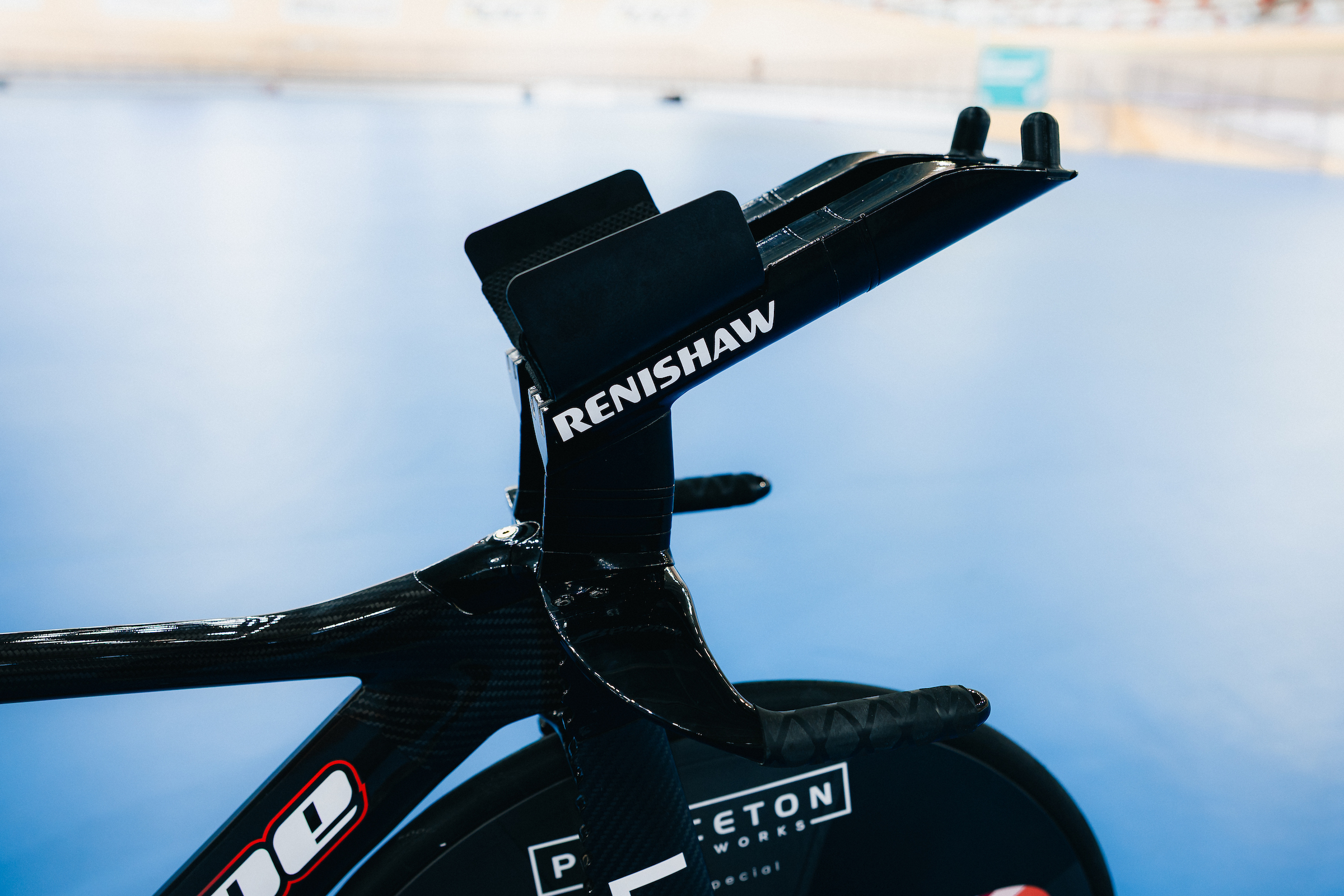
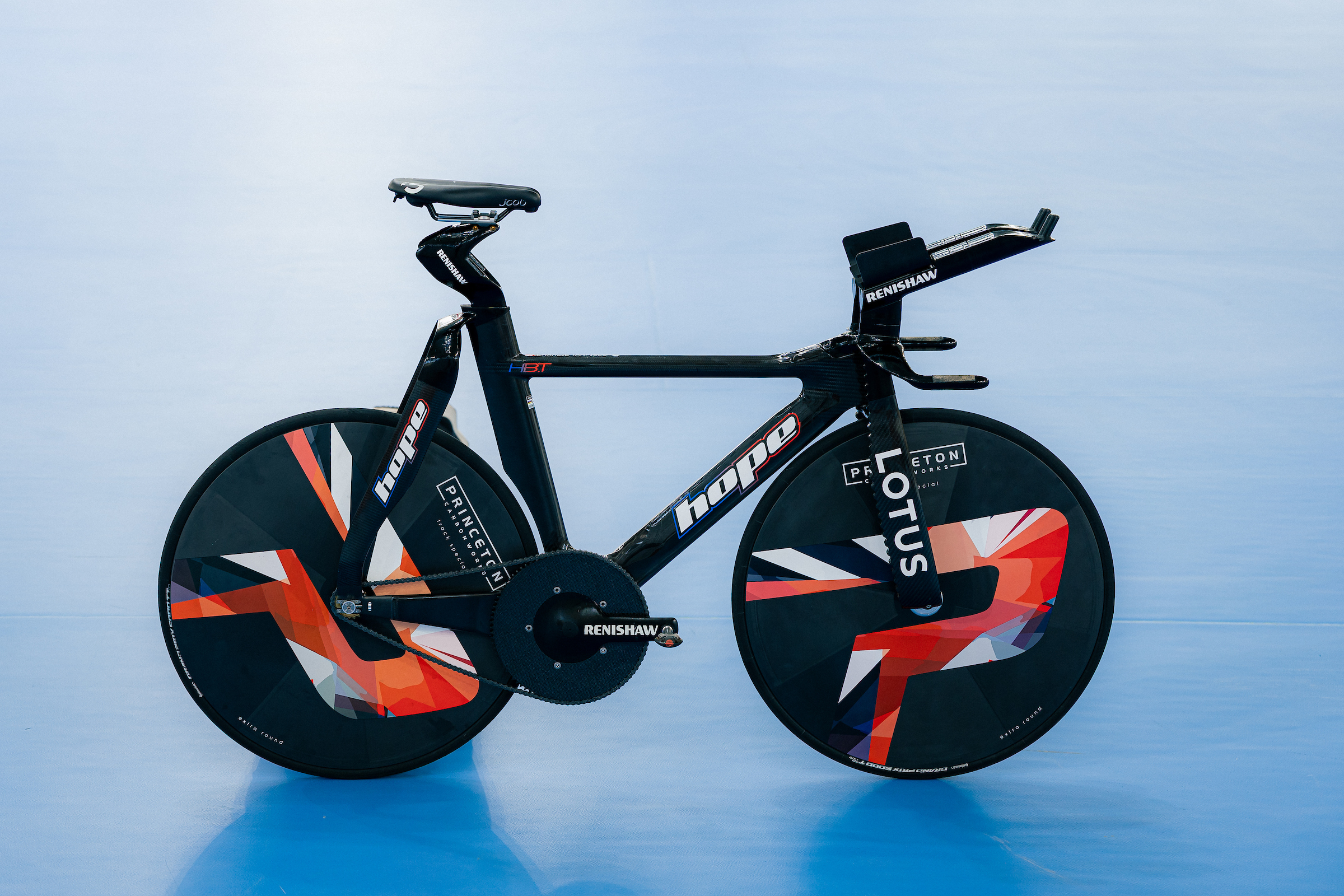
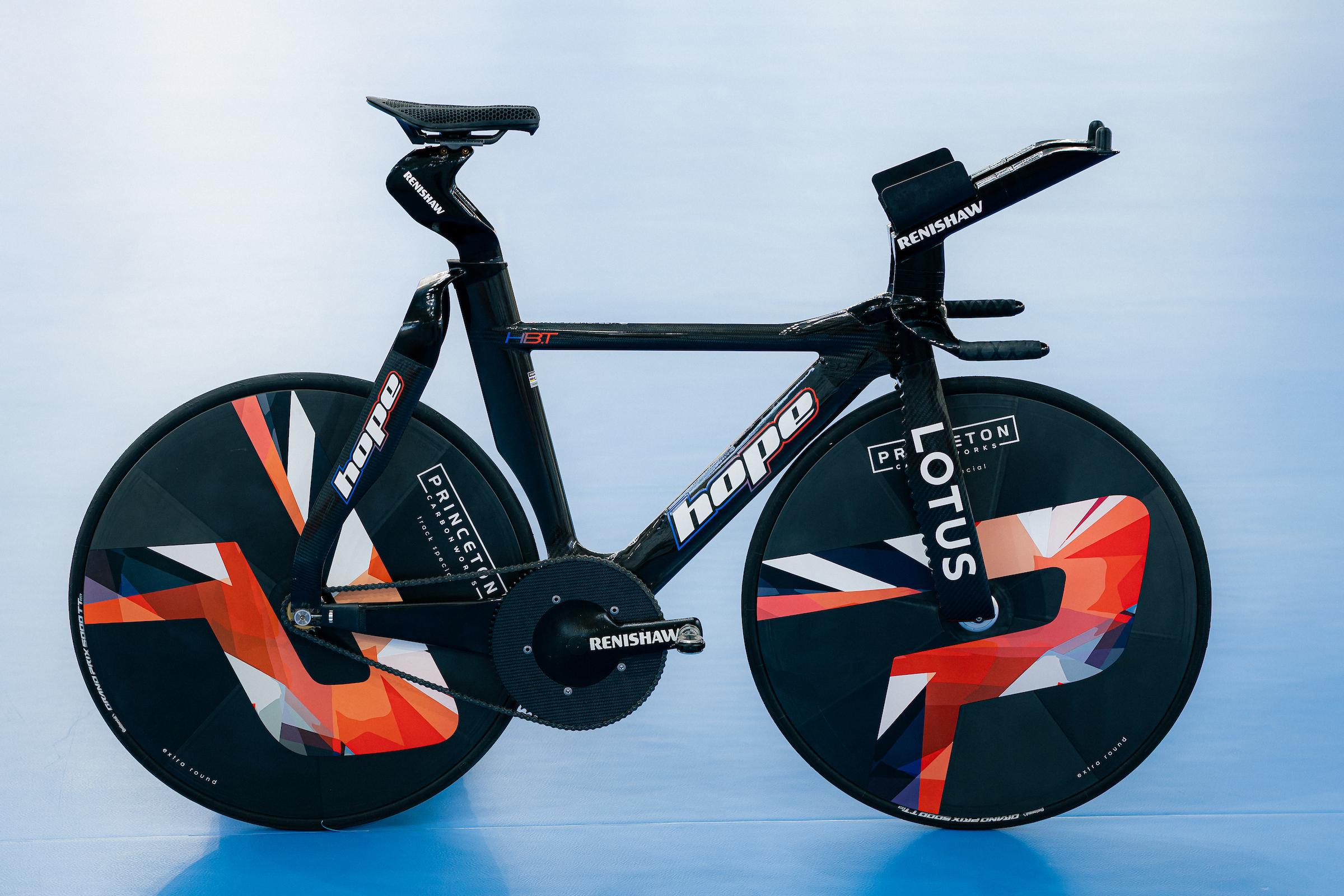
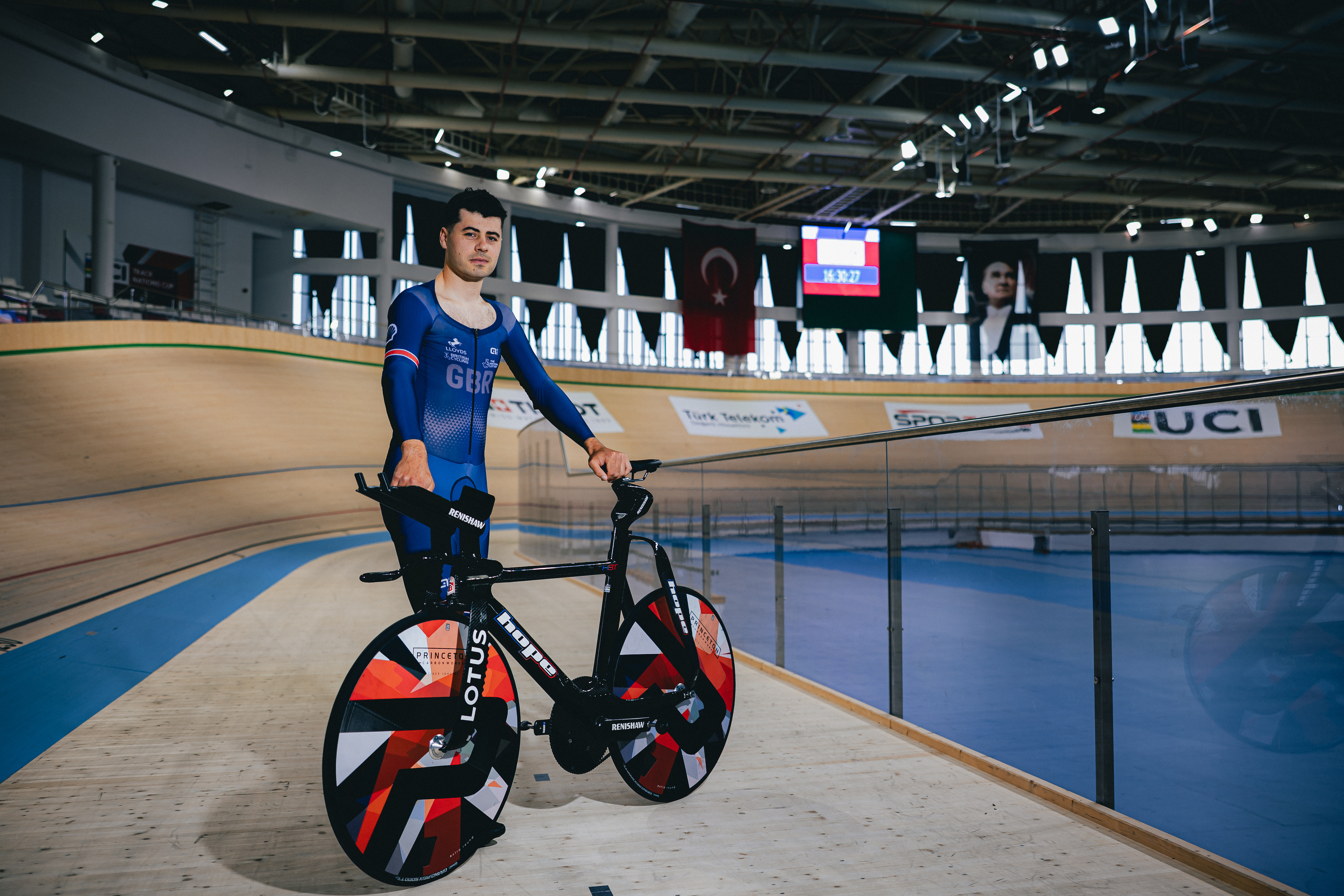
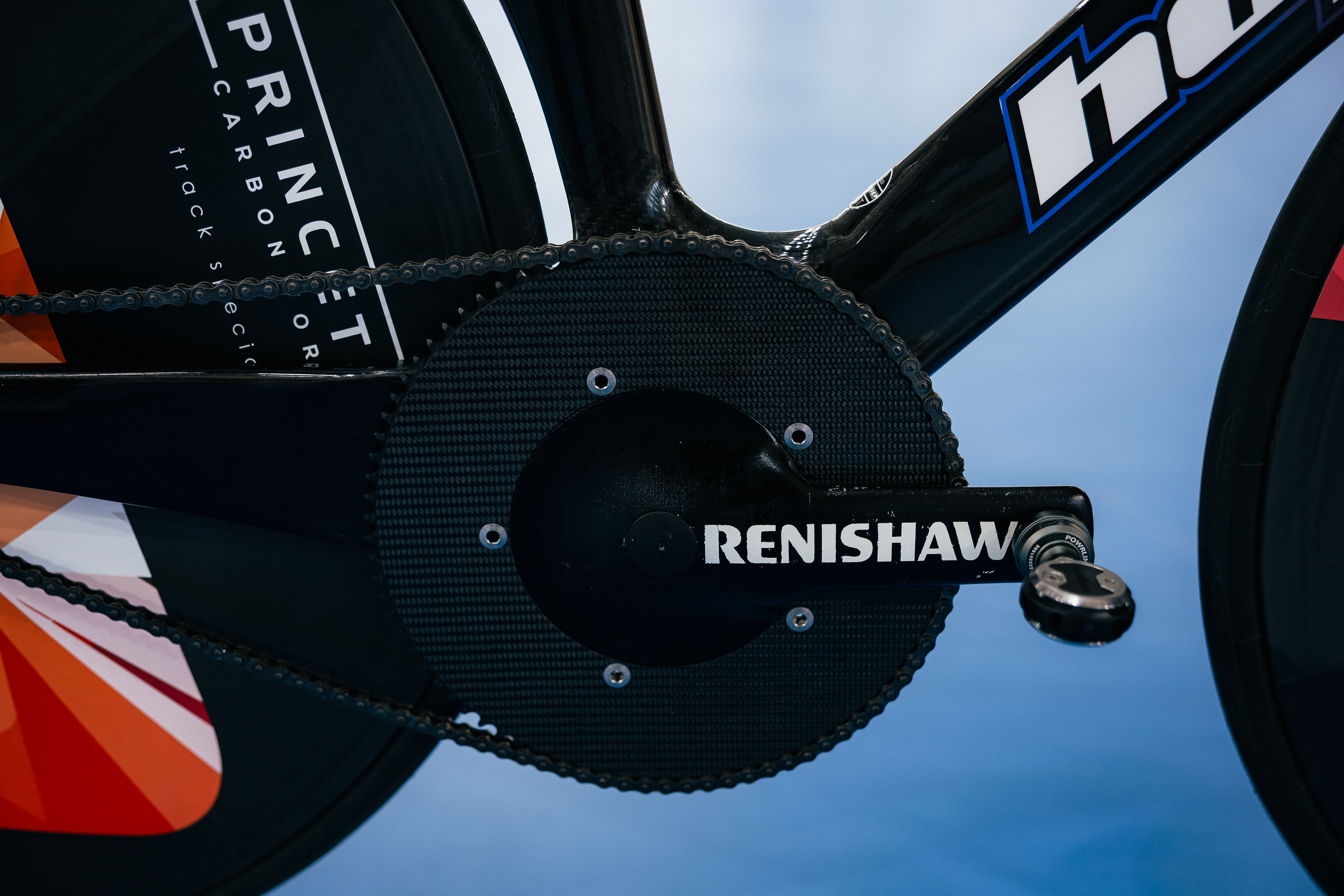
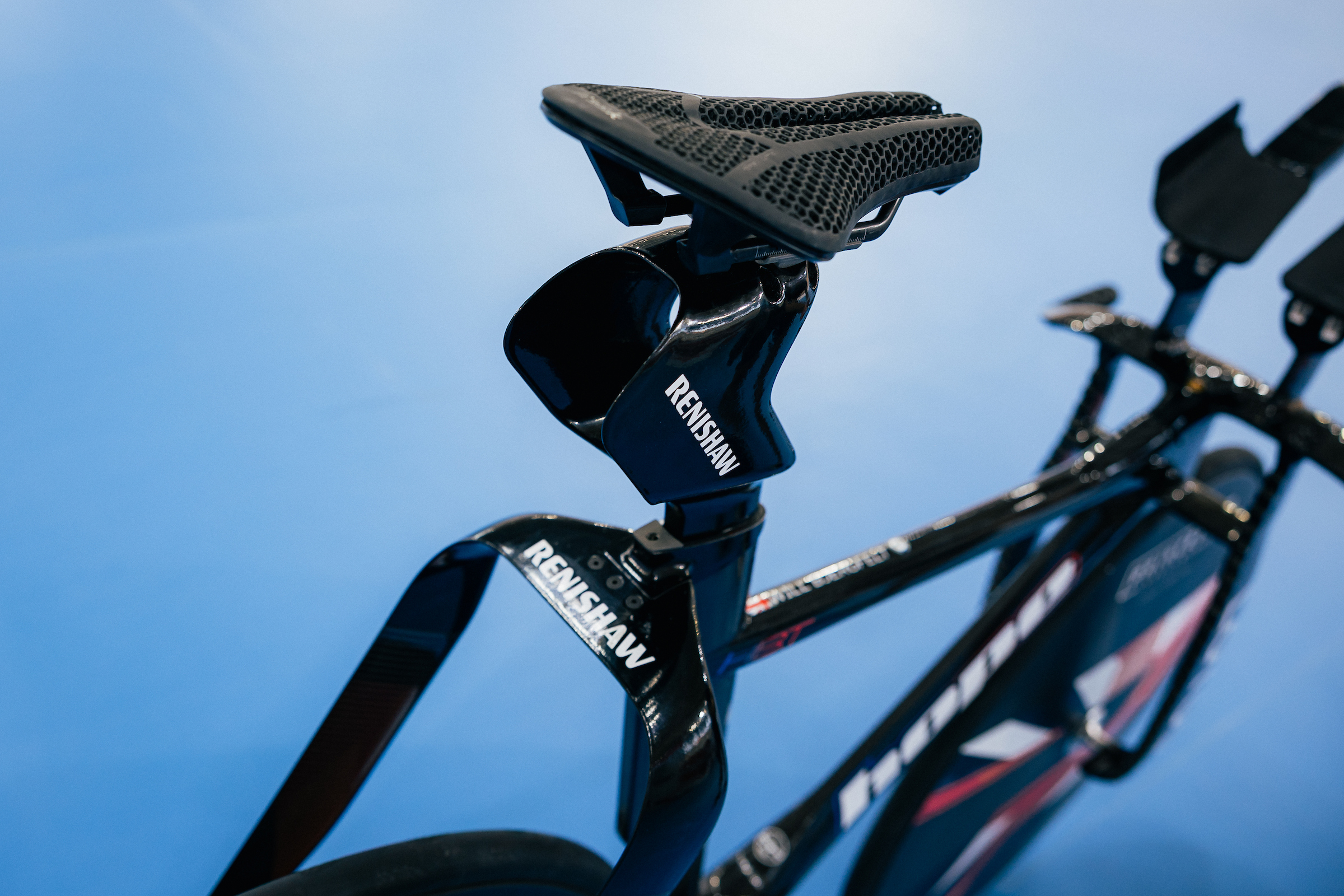
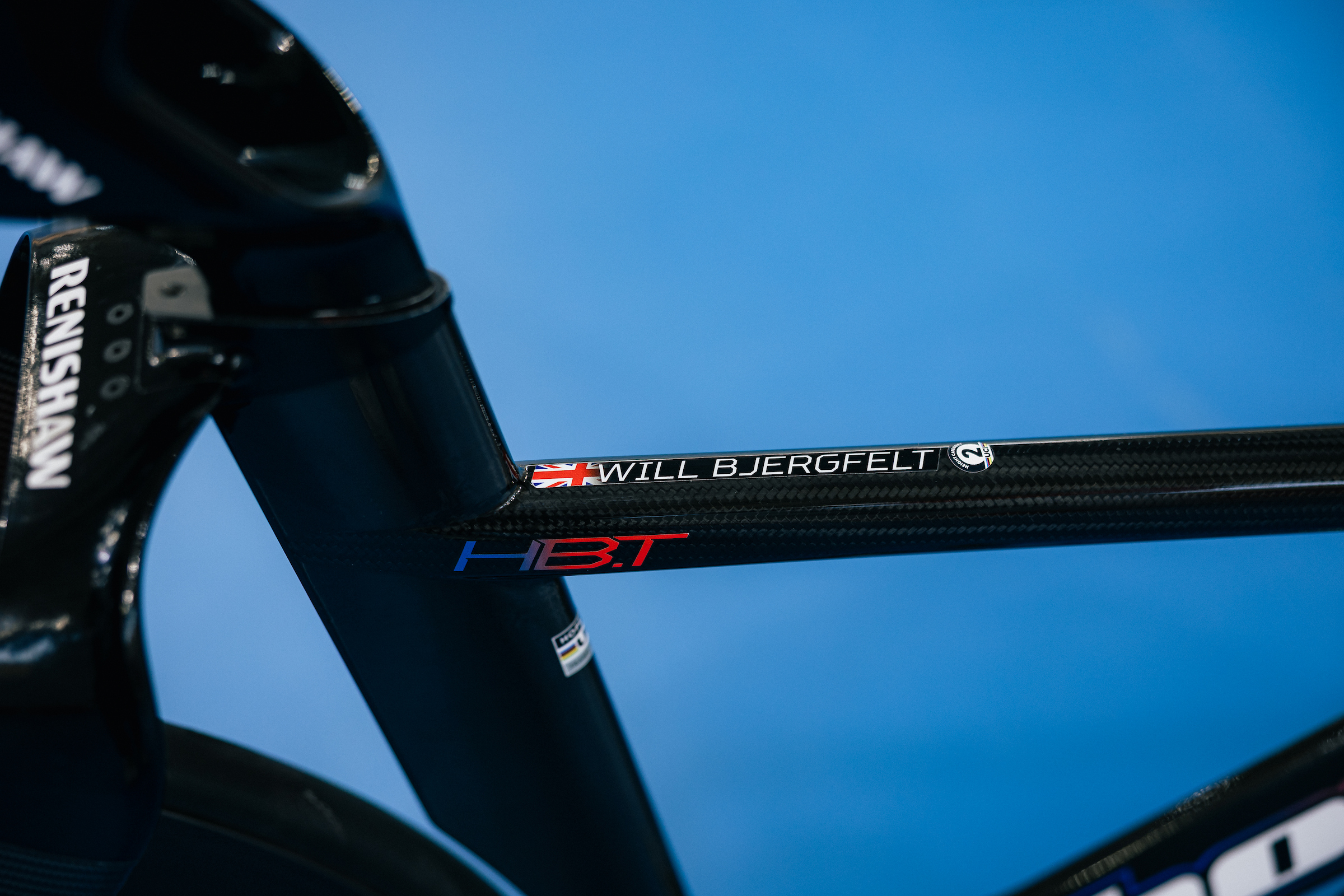

Josh is Associate Editor of Cyclingnews – leading our content on the best bikes, kit and the latest breaking tech stories from the pro peloton. He has been with us since the summer of 2019 and throughout that time he's covered everything from buyer's guides and deals to the latest tech news and reviews.
On the bike, Josh has been riding and racing for over 15 years. He started out racing cross country in his teens back when 26-inch wheels and triple chainsets were still mainstream, but he found favour in road racing in his early 20s, racing at a local and national level for Somerset-based Team Tor 2000. These days he rides indoors for convenience and fitness, and outdoors for fun on road, gravel, 'cross and cross-country bikes, the latter usually with his two dogs in tow.
You must confirm your public display name before commenting
Please logout and then login again, you will then be prompted to enter your display name.
